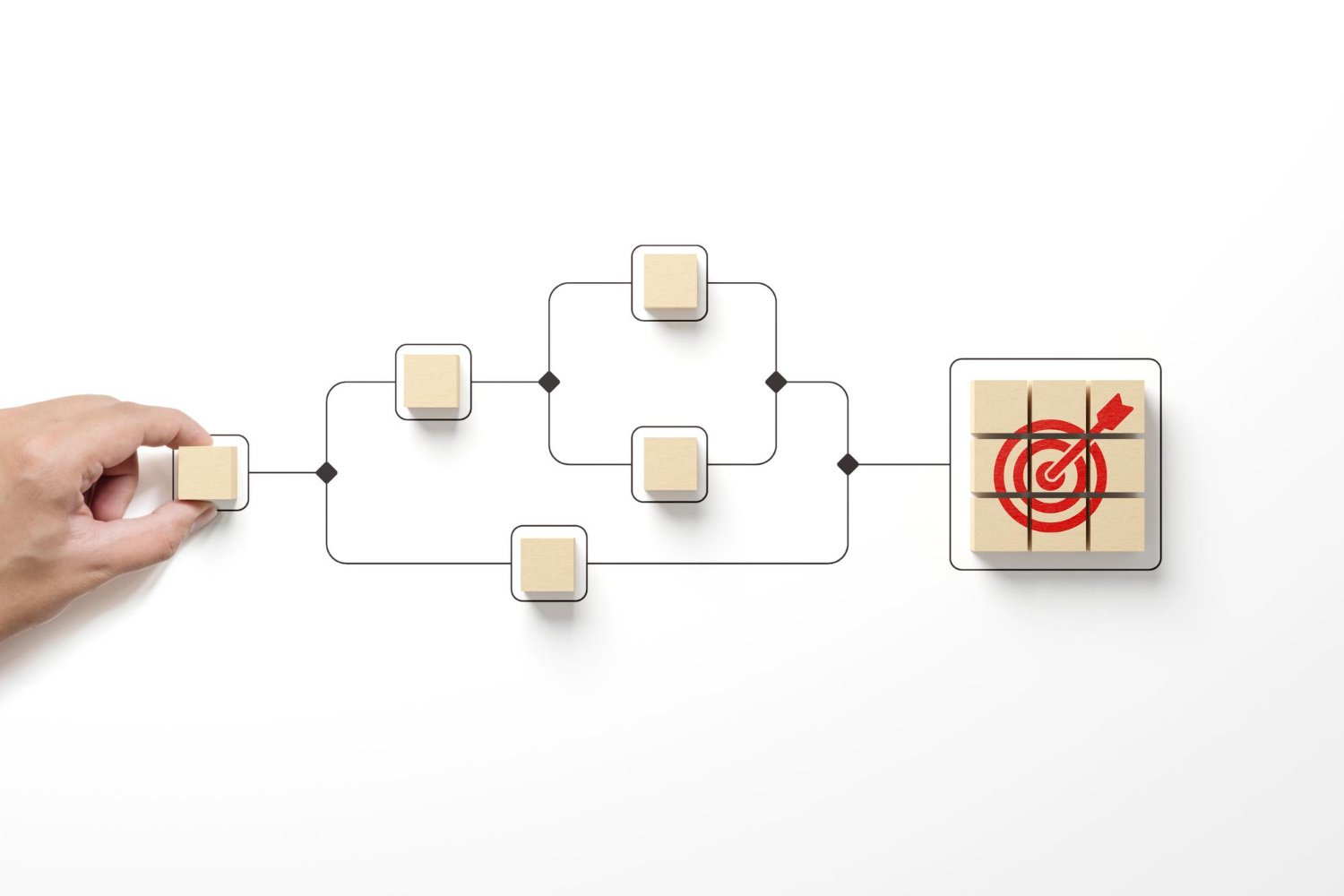A quick guide to process mapping
If your workflows feel chaotic or inefficient, process mapping might be the solution you need. By visually representing each step of your processes,...

Does this sound familiar?
Alex: Did you approve the client proposal? Deadline's tomorrow.
Jamie: I replied to your email last Thursday with approval!
Alex: Which thread? I have three with the same subject line.
Jamie: [sighs] This is why we need to stop using email for workflows...
This all-too-common exchange highlights why email has become a productivity killer in modern workplaces. Despite being the default system for managing workflows in many organizations, this approach comes with significant inefficiencies that impact productivity, clarity, and overall business performance. Here's why email-based workflows are holding your team back and what alternatives might serve you better.
When project details are scattered across dozens or hundreds of emails, finding critical information becomes a treasure hunt. Team members waste valuable time scrolling through cluttered inboxes and conversation threads to locate specific instructions or decisions.
The average professional checks email 74 times daily (Source). Each switch from focused work to email handling costs valuable mental energy and reduces productivity. Email-driven workflows amplify this problem by requiring constant inbox monitoring.
Email provides limited visibility into task status. Who's responsible for what? Which tasks are complete? What's holding up progress? These questions are difficult to answer when workflow information lives in private inboxes rather than shared workspaces.
"Reply all" chains and CC culture create information overload. Important updates get buried, and team members become overwhelmed by the volume of messages they need to process daily.
Emails make poor process management tools. They lack built-in prioritization, deadline tracking, dependency management, and other features essential for efficient workflow organization.
These inefficiencies translate to tangible business costs:
Business Process Management (BPM) software offers clear advantages over email-based workflows by visualizing processes, centralizing information, and automating notifications. Teams can track real-time status, responsibilities, and deadlines without digging through email threads. BPM tools standardize processes, reduce manual work, and provide performance analytics to identify bottlenecks and drive continuous improvement.
Moving away from email-based workflows requires:
While email remains valuable for external communication, it was never designed to manage complex internal workflows. By recognizing its limitations and adopting purpose-built alternatives, organizations can reclaim lost productivity and create more transparent, efficient work processes.
If your using email for processes and your business feel chaotic, disorganized, or unclear—you don’t have to settle for the chaos.
Let’s talk and see if Cadynce is the right fit.
Book a Call – Discuss with an expert the processes causing you problems. (Click here)
Take our quick quiz to find out if your processes need rescuing.
Take the Quiz – Take 5 minutes to see where you stand. (Click here)

If your workflows feel chaotic or inefficient, process mapping might be the solution you need. By visually representing each step of your processes,...

“Has anyone seen the Johnson report?” Jenna, the project manager, asked as she scoured her desk for the third time.

In today's competitive manufacturing landscape, efficient and effective business processes are just as critical as the production methods themselves....